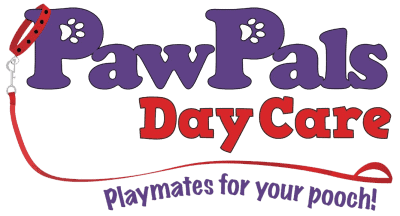There is a constant debate about what you can and cannot feed your dog, and raw meat is the main one we seem to never agree on. Dog owners and veterinarians often take different sides, so what is the real answer? Let’s discuss the advantages and disadvantages of raw meat feeding, so you have the means to make a decision for what is best for your pup.
Many resources say feeding your dog raw meat or natural foods is okay. The term natural foods include fresh human-grade raw meat, raw meaty bones and finely-cut vegetables. Not all bones are suitable for dogs, so consult your vet to see if your breed can manage. Human-grade raw meat is recommended as many pet foods labelled ‘raw meat’; have preservatives in them to keep them fresh. This can end up being a danger to your dog’s health.
Pros of a raw meat diet
Research says there are many benefits to feeding your dog raw meat. One of these is shinier and healthier skin and coat. When your dog eats raw meat and bones, it can encourage cleaner teeth and fresher breath. A raw meat diet also promotes better weight control, more energy and increased mobility for an older pooch! A few other benefits of a raw meat diet include:
-Improved digestion
-Reduced allergy symptoms
-Smaller and harder stools
-Strengthened immune system
-Improved liver, pancreatic and bowel health
Cons of a raw meat diet
One of the main draws for a raw meat diet is the risk of parasites in the food your dog is eating. A parasite is an organism that lives on or in a host organism and gets its food from or at the expense of its host. One of the main worries of a parasite is that it can be harmful to the dog eating them as well as for your family and other pets living in the home. Other non-parasite related threats include an unbalanced diet causing damage to your dog’s health, and the risk of your dog choking on bones, breaking teeth, or puncturing something internally.
Protecting your dog from parasites
To ensure you are not feeding contaminated raw meat to your dog, choose a meat that is unlikely to carry a parasite. Talk to your vet for which meats are the best option for your dog. Secondly, buy your food from a trusted source with measures put in place to ensure there are no parasites in the meat they are supplying.
How do I introduce raw meat to my dog?
Slowly start to introduce a raw meat diet plan instead of making a complete switch straight away. To work out how much raw meat your dog should eat, give them approximately 2-3% of their weight daily and split this between two meals. If your dog is very active or less active, adjust accordingly. A calculation to accurately work the sum out is to multiply your pet’s weight in pounds by these variants:
.02 (inactive/need to lose weight)
.025 (normal activity/maintain current weight)
.03 (for very active pets, or to gain weight)
Looking up raw dog food recipes, on a budget, or plans for beginners can be very helpful in the transition to see what is working for other owners.
Raw Feeding Safety Tips
It is essential for your own safety to ensure you are handling raw meat most safely. It comes with an increased risk of exposing your household to unwanted bacteria. Make sure to wash your hands before and after contact with anything it has touched. Always separate your own food from the dogs food. Also, disinfect and sanitise working areas and prepping tools like bowls and knives. Finally, be sure to store the raw meat correctly. It is best to freeze the meat to avoid spoilage.
So if feeding your pup, a raw meat diet has always been a thought of yours, have a chat to your veterinarians to see what will work for you. If you have any questions for us, give us a call on 0450358915 to talk about dogs, grooming, and daycare!

